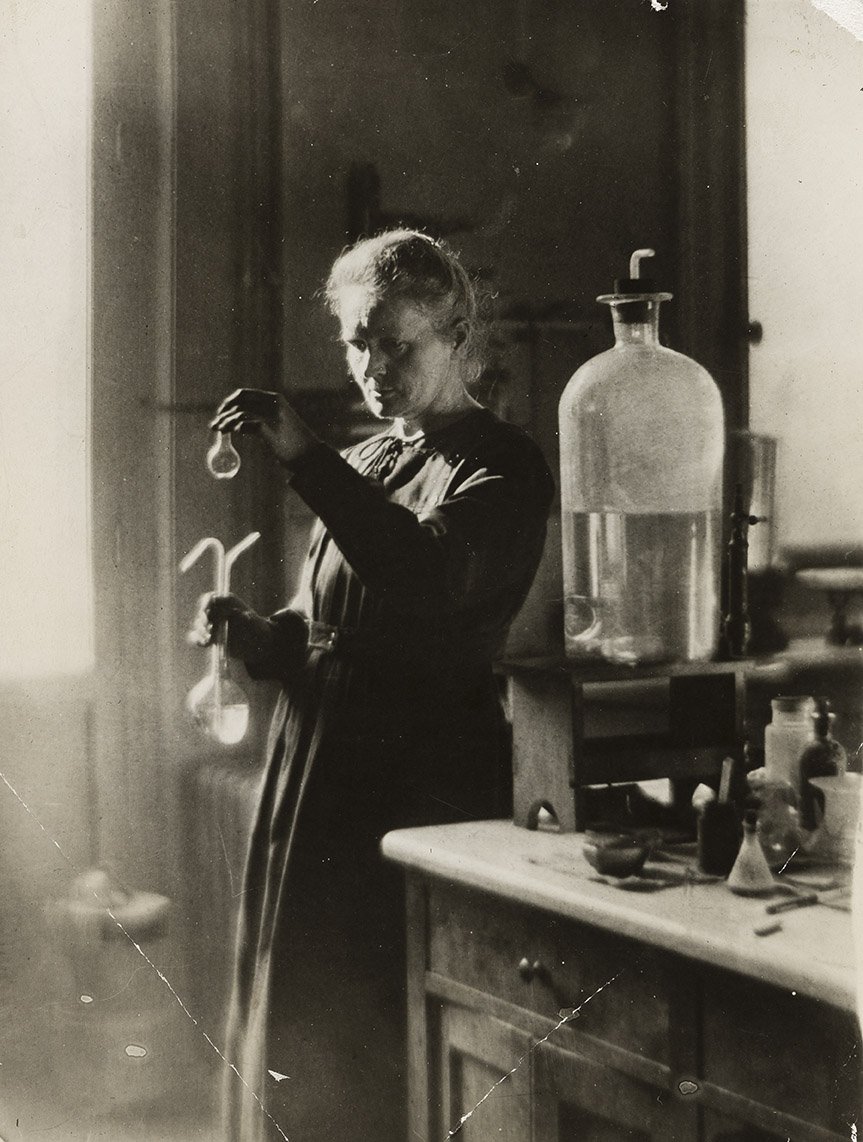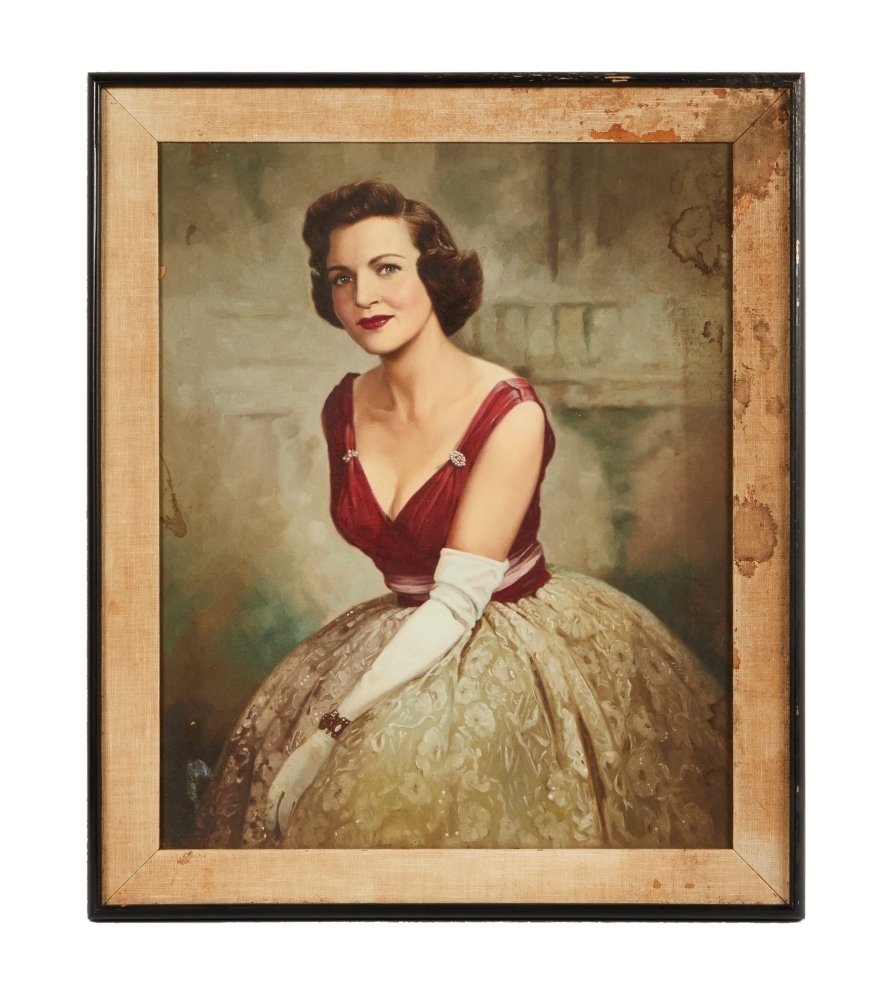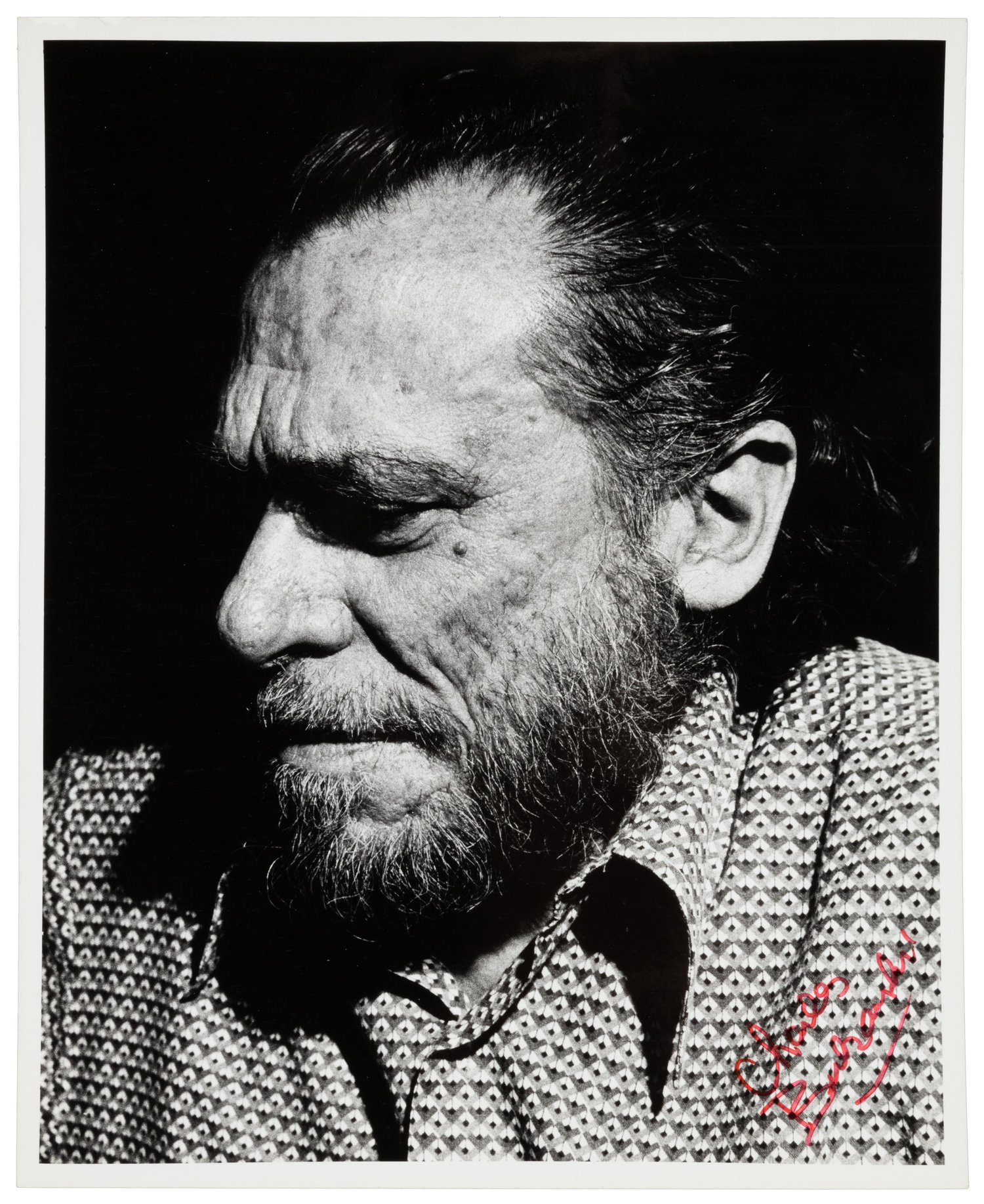#Marie #Curie #Science #Wizard #LiveAuctionTalk
LiveAuctionTalk.com
Photo courtesy of Swann Auction Galleries.
In an era when women were often seen and not heard Marie Curie won two Nobel prizes. She won in 1903 and 1911, a time when many colleges didn’t even allow women to study science.
Along with husband Pierre, Marie went on to revolutionize modern science by discovering two new elements radium and polonium. She was the first woman to get the Nobel prize – and remains the only woman who received the prize twice, in physics and in chemistry.
Marie finished high school at 15 and took care of and taught children until she was 24 when she saved enough to attend the Sorbonne University in Paris and earn a scholarship in physics.
“Women of genius are rare,” her husband wrote in his diary before actually meeting his future partner and bride.
The two physicists connected at a friend’s house and Marie was immediately drawn to Pierre.
“His speech rather slow and deliberate, his simplicity, and his smile, at once grave and youthful, inspired confidence,” Marie said. The couple married in 1895.
The idea of a couple working together in the male-dominated science world seemed farfetched to fellow scientists. Behind the scenes it was hard for her colleagues to include Marie in the Nobel prize winning. Some wanted to ignore her contribution all together. Other disagreed.
In the end, working together the couple’s discovery of radium became the next ‘big thing’ and up until the 1920s was thought to cure everything from ulcers to arthritis. People were unaware of the danger of radioactivity. It took years to realize that used in the wrong way radium and radiation actually cause cancer.
Albert Einstein worked on radiation physics too and admired Marie’s intelligence. The two were friends and often wrote to each other discussing science and its impact on the world.
“Marie Curie is, of all celebrated beings, the one whom fame has not corrupted,” Einstein said.
Both Einstein and Curie feared atomic power would be used in war.
When World War 1 began in 1914 Marie wanted to find a way to get X-ray equipment out to wounded French soldiers on the battlefield so that bullets and shrapnel could be easily located and operated on quickly.
She devised the “Little Curie,” a vehicle carrying X-ray equipment to the battlefront. She also raised money for it and by the end of the war a fleet of 18 “Little Curies” had been assembled and employed. Marie also helped established over 200 X-ray clinics and trained nurses and other women to use X-ray equipment.
“Life is not easy for any of us,” she said. “But what of that? We must have perseverance and above all confidence in ourselves. We must believe we are gifted for something, and that this thing, at whatever cost must be attained.”
Marie and Pierre worked for hours in their lab with pure radioactive materials and no protection. By 1902, they were both complaining of aches, pains, weight loss and tiredness. Lab animals exposed to radium also began dying.
Nobody at the time made the connection. Pierre died in 1906 in an accident. Due to her permanent exposure to radiation, Marie contracted leukemia and died in 1934.
On Oct. 21, 2021, Swann Galleries featured a group of six photographs depicting the Nobel Prize-winning scientist at auction. The photos show Marie working in her lab along with husband Pierre, a family photo, and a photo of daughter Eve. The images measured 6 1/8 inches by 4 ¼ inches to 7 5/8 inches by 9 ½ inches. Four sheets are slightly larger. Printed in the 1930s-40s, the selection sold for $1,250.




